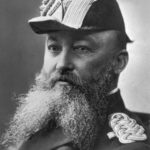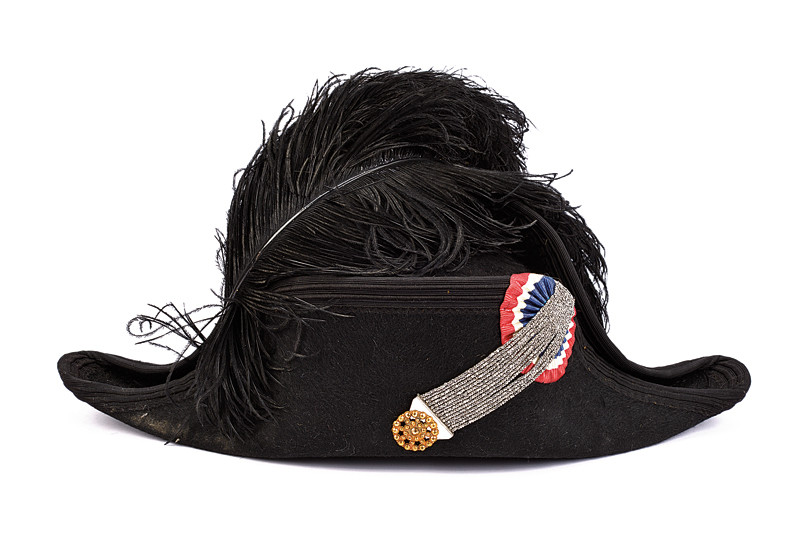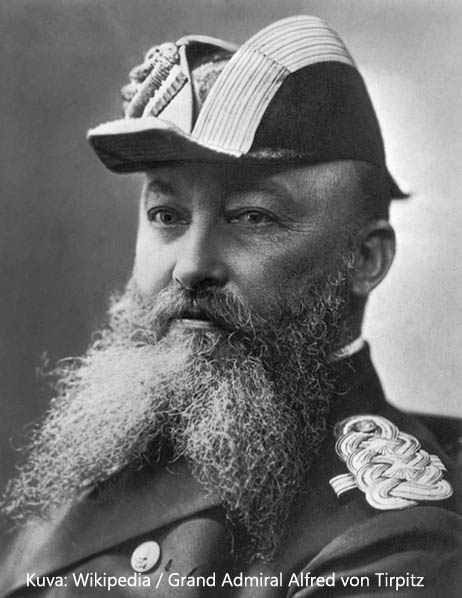Laivaston upseerin ”kakskolkkahattu”
320.00 €
Alkuperä: Ranska
Valmistaja: E. Meyronne, Paris
Valmistusajankohta: 1900-luvun alku
Koko: Sisäosan halkaisija 20 x 15 cm (miesten mediumia vastaava koko), hatun pituus 44 cm.
Kunto: Hyvä, ajanmukaista kulumaa / patinaa
Muuta: Hieno ja historiallinen ”kakskolkka-hattu”, joka on tehty aikoinaan laivaston upseerin käyttöön. Nämä Bicorne -hatut otettiin käyttöön 1700-luvun lopulla ja yleensä niitä valmistettiin laivaston ja armeijan upseereille. Kuuluisin kakskolkkahatun käyttäjä on lienee Napoleon Bonaparte.
Bicorne -hattujen historiaa:
Descended from the tricorne, the black-coloured bicorne originally had a rather broad brim, with the front and the rear halves turned up and pinned together (in English, the shorter front brim was called ”the cock”—hence ”cocked hat”—and the longer rear brim was termed ”the fan”), forming a semi-circular fan shape; there was usually a cockade in the national colours at the front. Later, the hat became more triangular in shape, its two ends became more pointed, and it was worn with the cockade at the right side. This kind of bicorne eventually became known in the English language as the cocked hat, although to this day it is still known in the French language as the bicorne.
Worn in the side-to-side ”athwart” style during the 1790s, the bicorne was normally seen fore-and-aft in most armies and navies from about 1800 on. This change in style coincided with the flattening out of the pronounced front peak of the original headdress. The French gendarmerie continued to wear their bicornes in the classic side-to-side fashion until about 1904 as do the Italian Carabinieri in their modern full dress.
Some forms of bicorne were designed to be folded flat, so that they could be conveniently tucked under the arm when not being worn. A bicorne of this style is also known as a chapeau-bras or chapeau-de-bras. The bicorne was widely worn until World War I as part of the full dress of officers of most of the world's navies. It survived to a more limited extent between the wars for wear by senior officers in the British, French, US, Japanese and other navies until World War II but has now almost disappeared in this context.
In addition to its military/naval uses, the bicorne was widely worn during the nineteenth and early twentieth centuries by civilian officials in European monarchies and Japan, when required to wear uniforms on formal occasions. This practice generally ceased after World War I except in the context of diplomatic uniform. However British colonial governors in temperate climates and governors general in some countries of the Commonwealth (notably Australia, Canada and New Zealand) continued to wear bicornes with ceremonial dress until the second half of the twentieth century. (Lähde: Wikipedia)


















